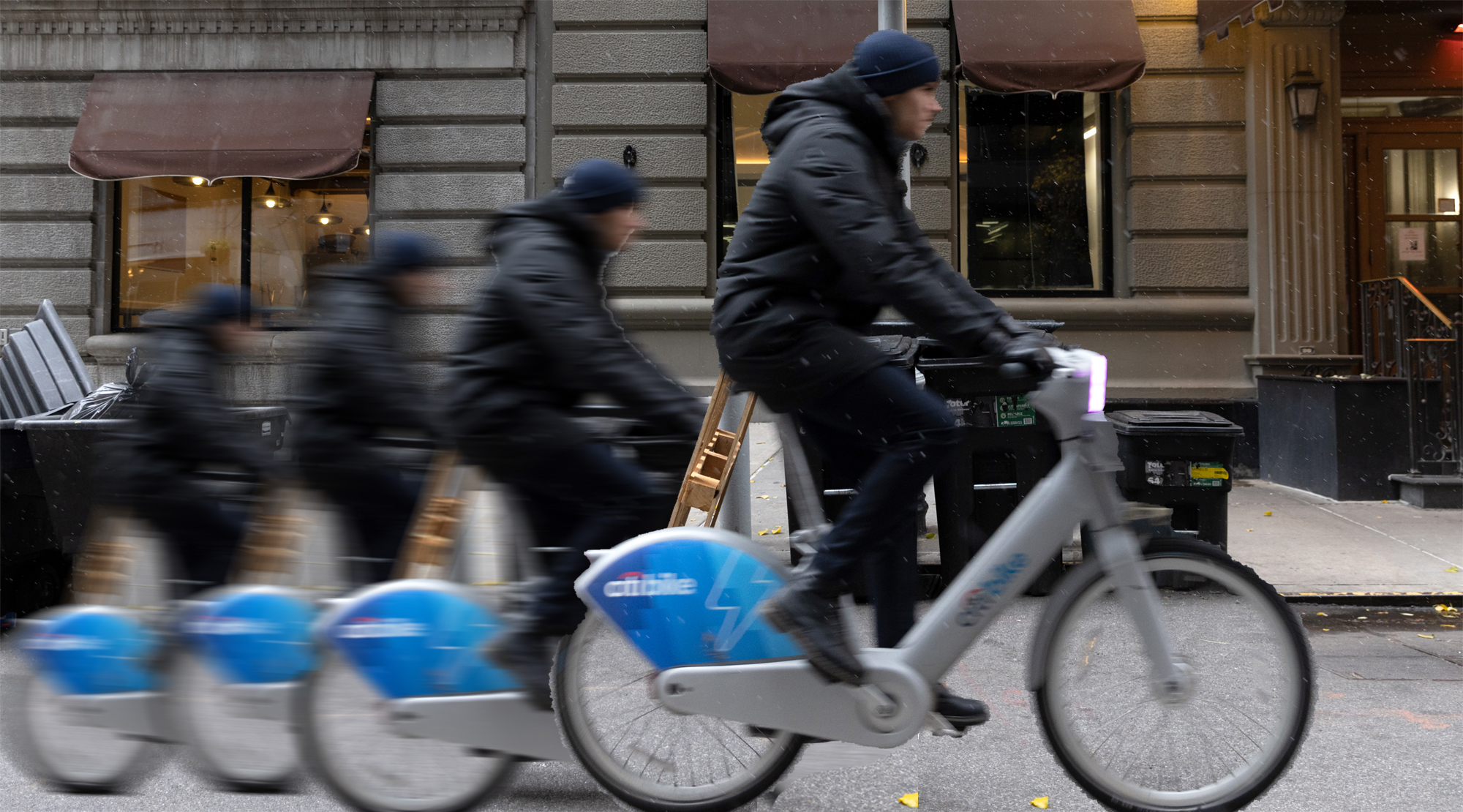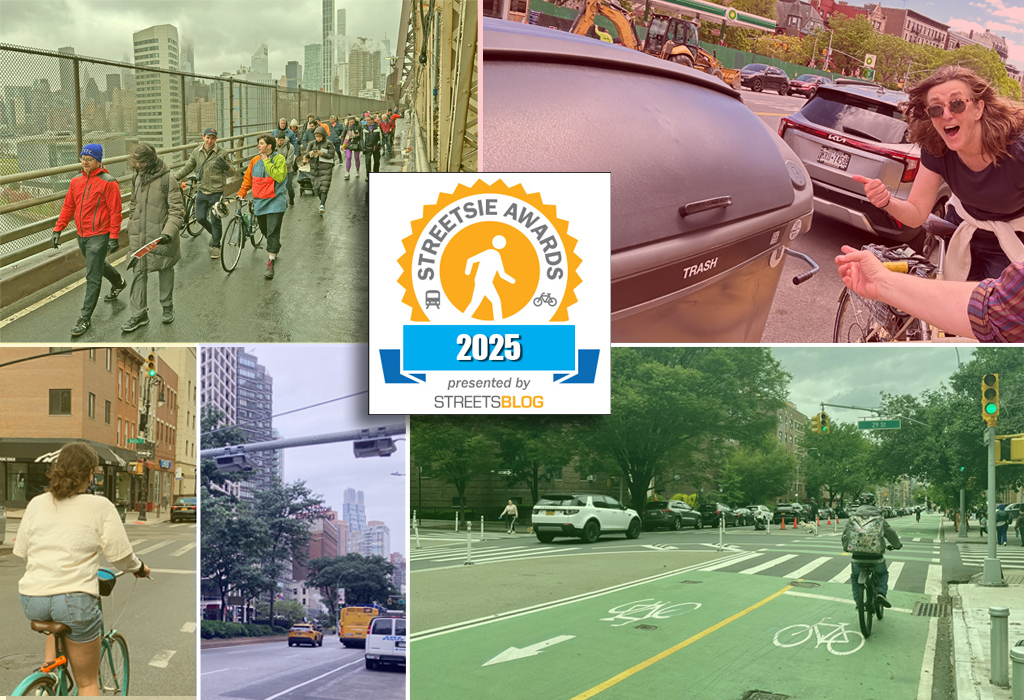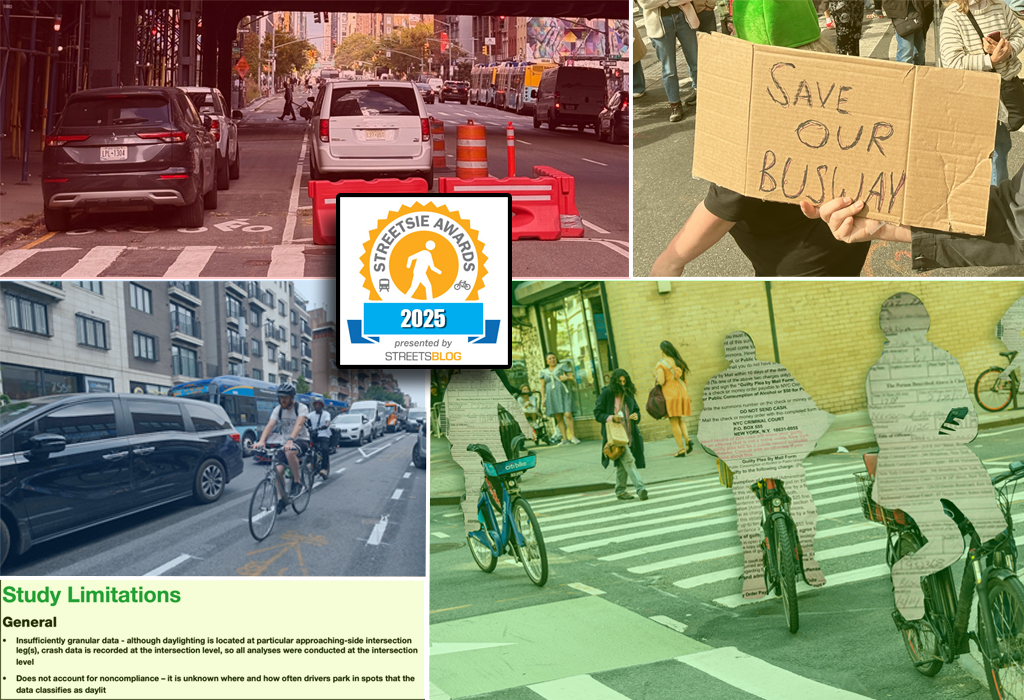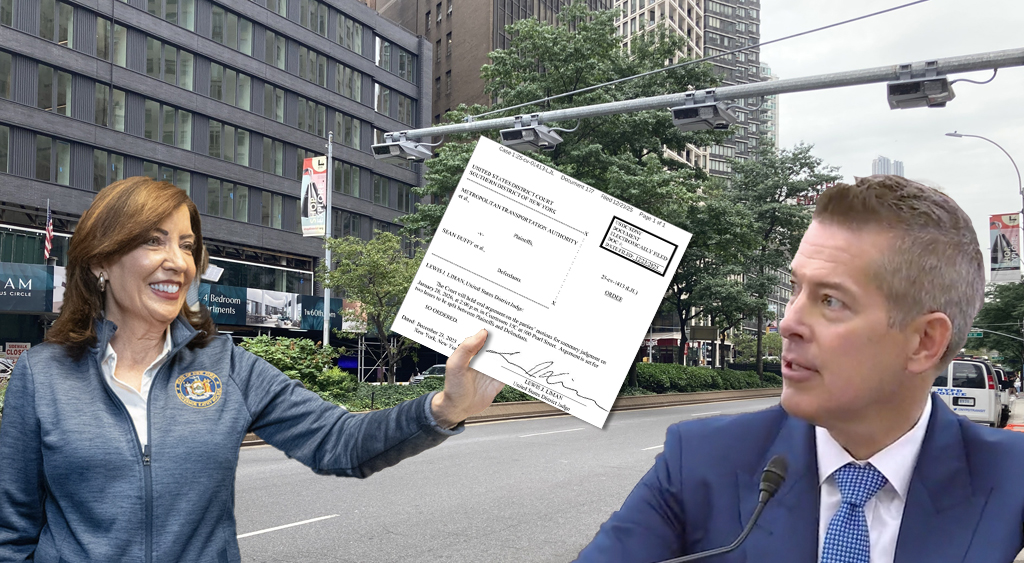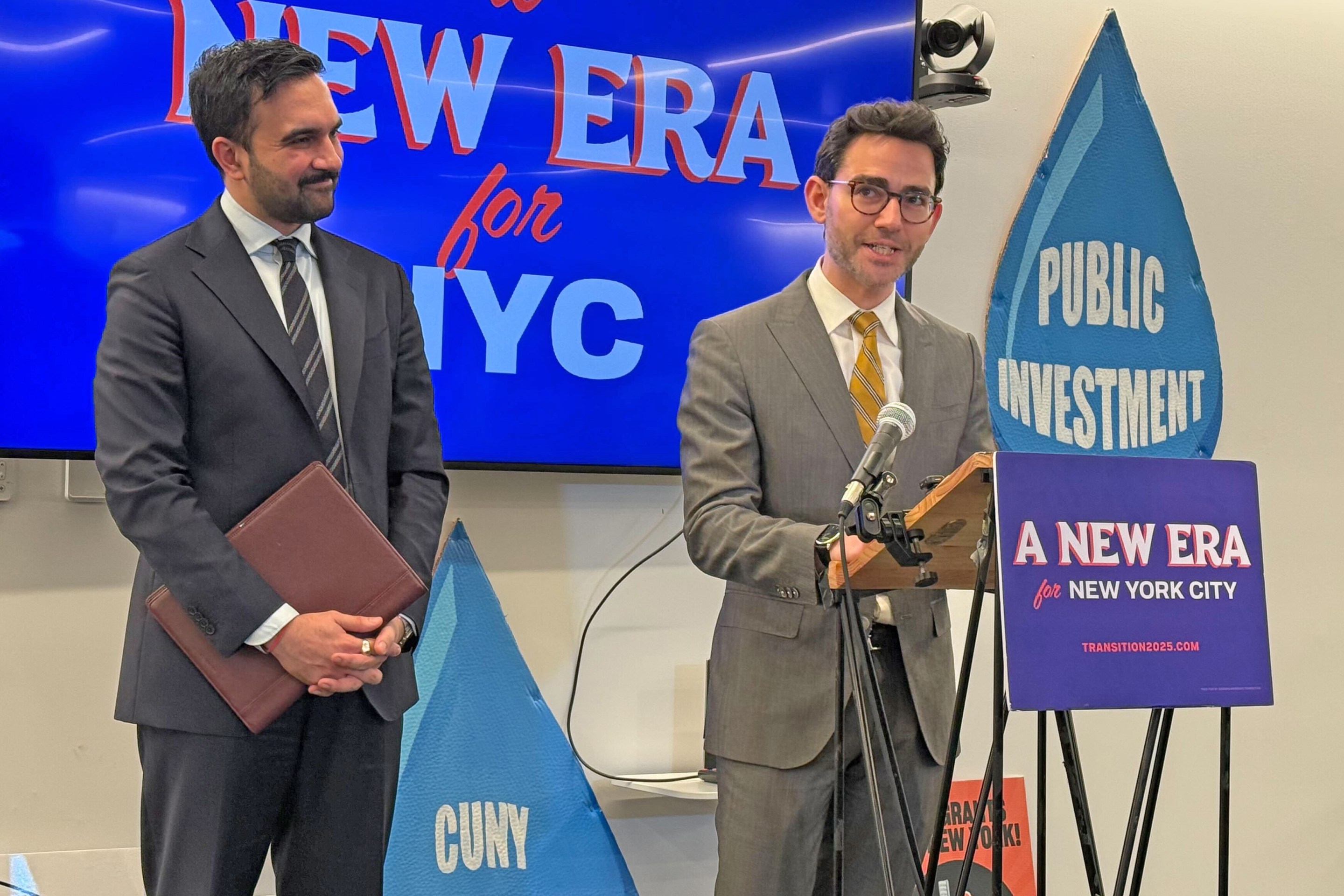Look, you know the drill: Charles Komanoff's opinions are his own to hold and ours to choose to disseminate, which we do, frequently, because we respect his long service to the livable streets movement and his always-solid analyses. And many people will want to hear his latest take on e-bikes, so we offer it as part of the debate.
The Editors
Too much ado about 3 miles per hour.
That’s my take on the controversy over New York City’s pending 15-mile-per-hour cap on e-bike speeds.
But you don’t have to believe me — I’m opining based on a data dive by an outspoken foe of the cap, engineer and M.I.T. grad Steve Bauman.
Bauman, a tenacious transit advocate and cycling elder, and I hold opposing views on capping e-bike speeds. I prefer a 15-mph limit in bike lanes and paths only, but nevertheless support it citywide to make “traditional” pedal-cyclists and pedestrians safer. Steve condemns the cap as another repressive gambit to maintain car hegemony.
We’re on common ground, though, as data geeks. With my encouragement, Bauman recently scoured the only available dataset that could shine some light on the effect of a 15-mile-per-hour speed limit: the trip data published by Citi Bike operator Lyft, which capitulated to pressure from Deputy Mayor Randy Mastro and preemptively cut its e-bike fleet maximum speed from 18 to 15.
That cut from 18 to 15 miles per hour is a 17-percent decrease in speed. So one might think that e-bike trips would mirror that double-digit speed cut. But, as Nobel laureate Daniel Kahneman spotlighted in his 2011 best-seller, Thinking Fast and Slow, first thoughts usually bear revisiting, particularly when new data emerge.
According to Bauman’s virtuosic data dive, the average decline in speed for e-Citi Bike rides turns out to be a mere 4 percent during June 20-30 vs. all of May.
(Steve’s “before” and “after” intervals correspond to the period before Mayor Adams publicly proposed the 15 mph cap, on June 4; and the data available with Citi Bike’s cap on its electric fleet.)
The numbers
How did I reach that conclusion? My finding follows directly from the data Bauman scraped from open data reporting by Lyft (which doesn’t measure trip speeds but does record trip durations, which are an accurate proxy for speed):
- May 1-31: The median duration of the 3,008,344 e-Citi Bike rides that month was 9 minutes, 21.2 seconds, or 561.2 seconds.
- June 20-30: The 1,287,213 e-Citi Bike rides in this 11-day period had a median duration of 9 minutes, 45.4 seconds, or 585.4 seconds. That’s 24.2 seconds longer then the median duration in May, a mere 4.3-percent prolongation.
- Now we’ll go full nerd: a 4.3-percent rise in trip duration equates to a 4.1 percent drop in trip speed. (The algebra: consider that Speed = Distance ÷ Duration; then multiplying duration by 1.043 equates to multiplying speed by 1/1.043, or 0.959, which corresponds to a decline of 0.041, or 4.1 percent. It may help to consider that prolonging a trip by 50 percent doesn’t mean its speed has been reduced by one-half; the reduction in that case is 33 percent.)
- Note that the lengthening in trip durations for Steve’s control group of “classic“ (non-electric) Citi Bikes was a negligible 1.2 seconds (0.2 percent).
Interpretation
The resulting conclusion that e-bike speeds have declined by far less than the 17-percent cut in maximum speed makes sense because, of course, e-cyclists don’t maintain top speed for an entire ride, as they’re constantly slowing, accelerating, braking and generally moderating speed to suit conditions — well, most of them, anyway.
What wasn’t known until now was how small the actual decline in average speeds is. Now we know: The measured drop in average speed of 4.1 percent amounts to less than a quarter of the 17-percent reduction in max speed.
Sure, that’s small potatoes, but time still is money. And since Lyft bases its electric Citi Bike pricing entirely on elapsed time — 25 cents per minute for members and 38 cents per minute for others — the prices should be lowered by 4.1 percent to offset the lengthened time per ride. This would mean resetting the rates to 24 cents per members ($0.25 x 0.959) and 36 cents ($0.38 x 0.959, rounded) for non-members.
Conclusions
I am aware that the mayor’s proposed 15-mile-per-hour bike speed limit is controversial among some cycling advocates, not only because it will take longer to get from Point A to Point B.
Some e-bike users insist, for example, that being forced to ride slower makes them less safe on streets alongside far heavier and faster cars. I disagree. As I pointed out last month in Vital City, a more moderately paced cyclist is more likely to be seen by the drivers who constitute their greatest threat. More important, risks to pedal-cyclists and pedestrians from e-bikers will be lowered (though they’re already low, notwithstanding NYPD Commissioner Tisch’s rhetoric).
Other advocates see bike speed limits as absurd on streets that are an asymmetrical battleground where car drivers travel 11 miles per hour above the speed limit with impunity. “First do cars,” they say. I disagree. To my ears, the “first do cars” cry carries the uncomfortable whiff of gun nuts who refuse to make even the slightest concession for fear it will lead to the next and the next, in an endless “slippery” slope. Their uncompromising stance also belies decades of genuine progress toward safer streets in New York.
Still other advocates insist that the North Star of the livable streets movement is to redesign streets so that bicycle-riding at any speed is safe enough to finally make New York City a true biking capital, and to consign car choked roads to the dustbin of history. I’m fine with that, but my time frame is the here-and-now in which fast e-biking makes many normies feel unsafe, impeding progress toward our shared goals.
And, finally, worker advocates foresee a lower speed limit being weaponized against migrant deliveristas. I agree that such weaponization is real. But as Streetsblog readers know too well, the NYPD already has ample tools to summons and even arrest delivery workers. It’s hard to see a 15-mph e-bike speed cap by itself opening the floodgates to mass persecution.
I may be be an outlier on my final opinion, but indulge a guy who has logged nearly 10,000 hours biking daily in the five boroughs since the early 1970s and who led Transportation Alternatives when cycling advocacy lay completely beyond the fringe: A 15-mile-per-hour speed limit for motorized two-wheel devices — which e-bikes are — is eminently reasonable.
I would prefer the restriction apply only on bike lanes and paths, but public policy entails blending the ideal with the real. In practical terms, there’s little downside to a 15-mph e-bike cap.
Embrace it or accept it. Let’s move on together to fight battles that actually matter.
